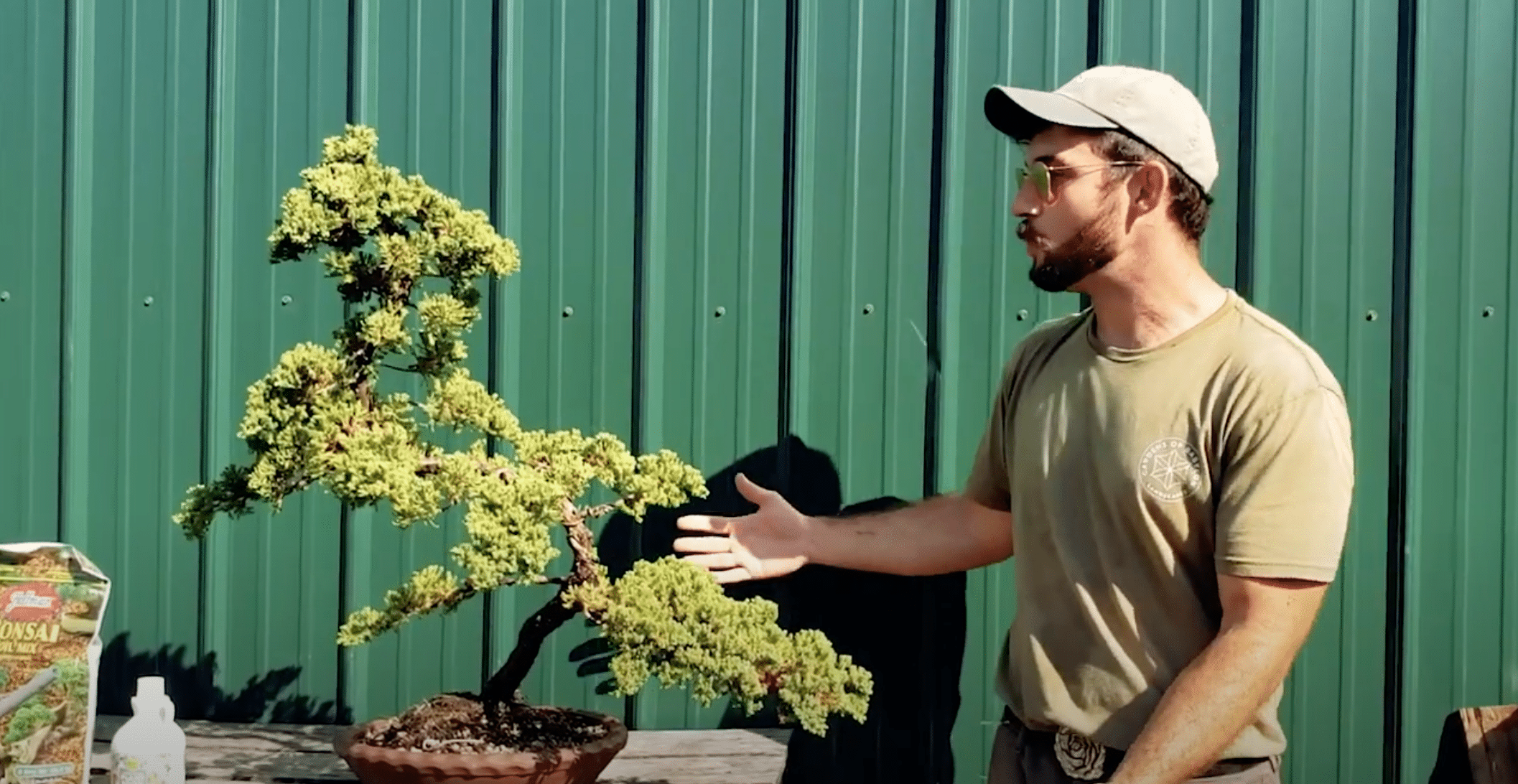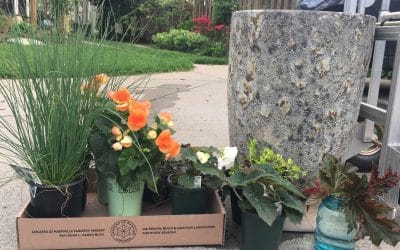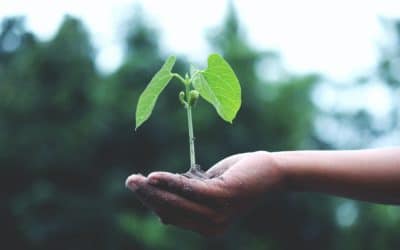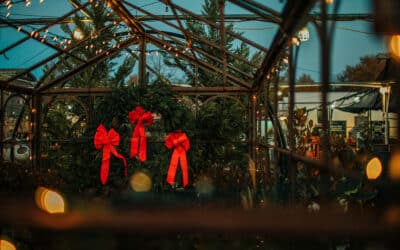Caring for a Bonsai tree is not nearly as hard as is commonly thought. However, as Bonsai trees are planted in small pots a few basic guidelines have to be followed when watering, fertilizing and repotting your trees.
Watering Bonsai trees
- Water your trees when the soil gets slightly dry. This means you should not water your tree when the soil is still wet but only when it feels slightly dry; use your fingers to check the soil at around one centimeter deep. But never let a tree dry out completely! Once you get more experienced you will be able to see (instead of feel) when a tree needs watering.
- Use the right soil-mixture. The soil-mixture greatly influences how often trees need to be watered, for most Bonsai trees a mixture of akadama, pumice and lava rock mixed together in a ratio of ½ to ¼ to ¼ should be fine. However, use a mixture that retains more water (by using more akadama, or even potting compost) when you cannot water your trees that regularly. Read the Bonsai soil mixtures article for more information.
Fertilizing Bonsai
- Fertilizing regularly during the growth season is crucial for your Bonsai to survive. Normal trees are able to extend their root system looking for nutrients; Bonsai however are planted in rather small pots and need to be fertilized in order to replenish the soil’s nutritional content.
- Most Bonsai trees should be fertilized during the entire growth season of the tree; from early spring till mid autumn.
Location for your tree
- Indoor Bonsai location
- In most houses the only place where a Bonsai will do well is right at a South facing window, as lots of light is crucial for the health of your tree. When placed even just a few feet away from a window the light intensity will drop significantly, slowing down growth and ultimately killing your Bonsai.
- Outdoor Bonsai location
- Depending on where you live, most trees need to be placed outside year-round. The annual cycle is crucial for the health of most trees; overprotecting your tree in the winter season for example will weaken your tree. Make sure to establish what tree species you have.





